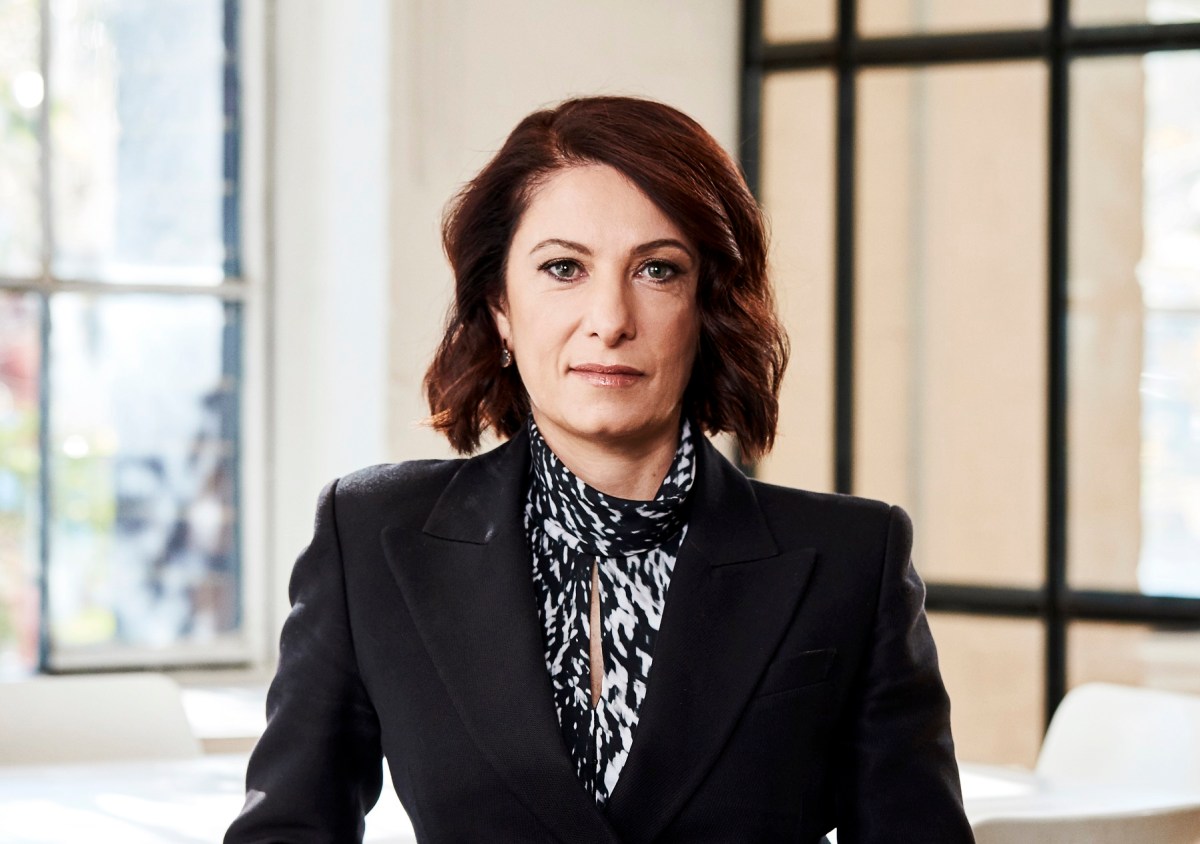2023 is proving to be the year of the ‘big brand break-up’ with consumers across the country dumping their favourite brands for more affordable alternatives in the face of increasing financial pressure, according to a leading authority on brand trust, Lyndall Spooner.
Also founder and CEO of Australian strategic research and consulting agency, Fifth Dimension, Spooner said: “Consumers across the country are already channeling Gwyneth Paltrow and Chris Martin by consciously uncoupling with their favourite brands in order to buy products that offer more value.
“For many consumers, breaking up with a brand is a painful experience. They have been loyal to these brands for many years and have become incredibly familiar with their distinctive features and reliable benefits – even addicted to them. But the first real prolonged downturn in years due to interest rate and cost-of-living pressure is impacting shoppers, Millennials in particular, and they are having to adapt their wallet spend to purchase products that do the job for less money.
“Loyalty and trust are being tested this year and as many brands are already discovering, it doesn’t mean much if your customers can’t afford it. Even when financial pressures improve, research shows that many shoppers won’t go back to previous brands, but not for the reasons you think.”
Fifth Dimension’s trust model centres on the premise that trust in brands has foundations in two traits – the capability of the brand to do what it promises and the character of the brand to operate in an honest and ethical manner.
“Our brains are like drug addicts that control our conscious and unconscious thoughts and behaviours. When we dream, when we aspire and when we act, we feed our brain dopamine which in turn triggers the feelings of pleasure and satisfaction,” Spooner said.
“When we purchase goods and services, we also release dopamine. The products and services that give us the most intense pleasure are the ones we are most loyal to. These brands are not only capable of delivering to our needs but also typically have a character that is authentic and represents values important to us or what we personally want to project about ourselves.”
So why would a consumer consciously uncouple from their favourite brands? On average more than 90% of purchase decisions are unconscious, according to Spooner.
“We stick to brands we know to save time and effort, reduce the risk of a poor choice, and to feel good about buying from the brands we love and we want to be associated with. But many consumers are being forced to consciously re-think their brand choices. Making purchases and staying within budget can produce just as strong if not a stronger hit of dopamine as buying previously more expensive and aspirational brands,” she explained.
Spooner also emphasised that current preferred brands need to improve their value to compete in this broader competitive set – especially when their value equation may not have been tested by the consumer for years due to their previous habitual and loyal purchase behaviours.
A rational, financially driven decision to switch brands can be compartmentalised as a temporary solution in a consumer’s mind. Even when the brand switching behaviour is sustained over months, the previously preferred brand can still occupy a higher elevated status.
“With an increase in reliance on and preference for self-service channels, increased ability to compare brands during a customer journey and for new brands to automate the personalisation of marketing to new customers, the experience of interacting with a new brand has the potential to quickly match past experiences and exceed the expectations of the consumer,” Spooner said.
“Incumbent brands that have been complacent in delivering new and more personalised experiences to their loyal customers risk being outmaneuvered by more agile brands.
“In the current economic environment consumers who never intended to be disloyal emotionally are increasingly disloyal financially. Brands that deliver better value for money with great customer experiences are likely to retain many of these customers even after their financial situations improve, and despite their strong regard for incumbent brands.
“Brand loyalty is no longer black and white – consumers are emotionally and financially loyal to multiple brands in a single category. Whatever you do in an economic downturn don’t neglect your loyal customers or take them for granted, chances are they are already trialing new brands and those new brands are surprisingly good.”

